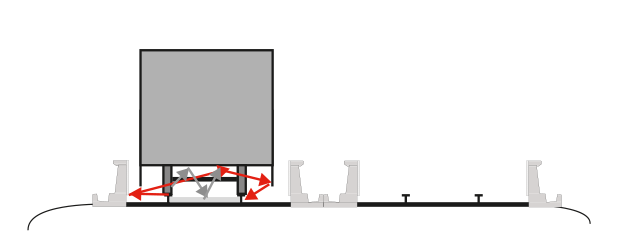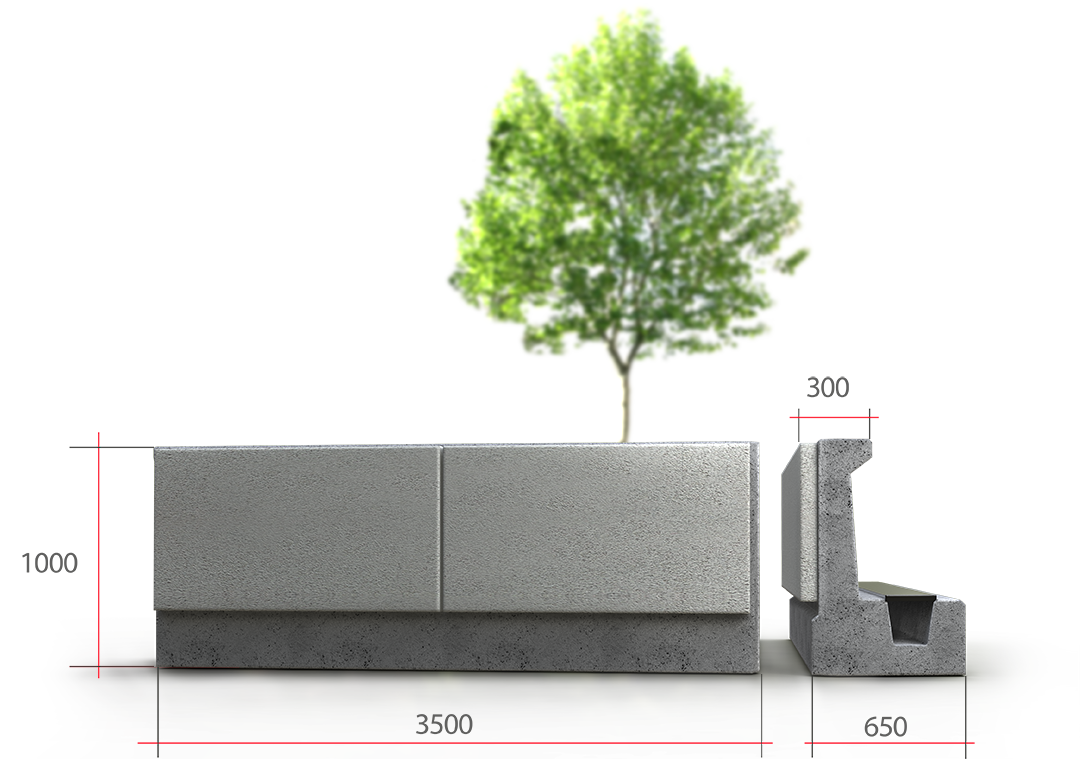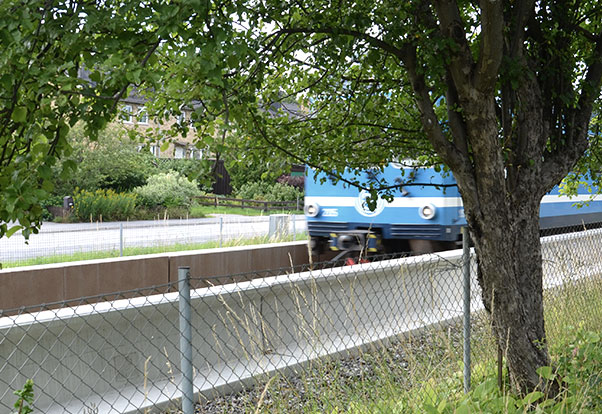Summary
1. Acoustic requirements – calculation data is available for various train types
2. Calculation of construction cost for Soundblock (possible widening of the embankment, access to the track area etc.)
3. Calculation of additional costs, for example over a 50-year period (track works requiring the removal of blocks, snow clearance and other additional routines etc. These calculations are often only required when low barriers are located on both sides of the track. Soundblock in itself is completely maintenance-free).
These points are discussed further below;
1. The first step is of course to ensure that Soundblock meets the acoustic requirements for the affected stretch of track. The evaluation of the acoustic properties of low barriers has always been problematic. Therefore, in collaboration with Tyréns AB we have developed a basis on which this can easily be judged. This basis can be ordered from Nicklas@zblocnorden.se. We can also collaborate with an acoustics company to make a preliminary calculation of whether the use of low barriers is feasible. Soundblock provides stable noise reduction of between 5-7 dB (depending on train type) irrespective of where the receiver is placed. Depending on the type of train, a reduction of 10-11 dB may be achieved on certain stretches. It may be of interest to consider the height a traditional high barrier below the embankment needs to be on a specific stretch in comparison to a trackside barrier 73 cm above rail height.
2. When we know that acoustically a low barrier is a viable option, the next step is review construction costs. We have a great deal of experience in this area and will be only too pleased to assist you. Examples of issues are whether the embankment needs to be widened, ease-of-access to the track and how long it is possible to work track-side on any given construction opportunity. We are happy to accept photographs or drawings of the site in order to identify any adjustments that might be required. This might be a matter of running cable ducts through Soundblocks or altering the mould of certain blocks that need to fit existing installations along the track.
3. Finally, the maintenance costs during the relevant period need to be taken into account. The convenient thing about Soundblock in this context is that it is always simple to remove. However, this does come with a cost of around SEK 2,000 per metre for removal and replacing (depending on the ease-of-access to the site). When Soundblock is installed on both sides of the track, there may for example be problems with ballast cleaning and sleeper replacement. Those tasks that require the removal of Soundblocks are often carried out at intervals of many years (perhaps only every 30-40 years) and it is a good idea to see if any maintenance tasks can be carried out in conjunction with the construction of the barrier in order to avoid any major track maintenance after only 5-10 years. More regular maintenance, such as the use of a ballast plough, does not appreciably affect maintenance costs. Possibly one may need to exercise a little more caution. Conditions are precisely the same as for platforms in that they are the same distance and height. With regard to snow clearing it is recommended that when putting the service out to tender, a contractor is chosen who has access to a track-mounted snow blower. In the interests of fairness to the contractor, the tender documentation should contain a description of how snow clearance involving low barriers is to be carried out. The production of routines for snow removal, as well as for safety routines etc. of course entails costs in the form of extra time (in comparison to traditional barriers). However, there is a good deal of experience in these matters to be called on. Special transports are also something that are affected by acoustic barriers along the track. Put simply, if one is able to pass a platform then it is no problem to pass Soundblock. On stretches with large amounts of special transports, in all likelihood low barriers are not a cost-effective solution. Track access can also be affected but in common with traditional barriers where access to the track must be gained through openings, Soundblock is also equipped with doors at regular intervals.
For more detailed information and support, please contact Nicklas Erlandsson on +46 (0) 708 321 680 nicklas@zblocnorden.se





















 Svenska
Svenska